Mr. Ferris' Wheel
-
About this Collection
One of the best ways to get a birds-eye-view of the Fair was to buy a ticket to ride on the Ferris, or Observation, wheel.
Each of the wheel's 36 cars could carry sixty passengers to a dizzying height of 250 feet. From this vantagepoint riders enjoyed looking down on the Japanese gardens, Old Jerusalem, and some of the huge Palaces.
An attendant was assigned to each car. One of the attendant's duties was to calm passengers when a surprise storm approached or when electricity to the wheel went out and the wheel stopped moving.
Named after its inventor, George Washington Gale Ferris, the wheel first appeared at the Chicago Columbian Exposition in 1893. It was transported from that city to St. Louis in 175 freight cars.
Many stories were told of the fun people had riding the wheel. The cars were rented for parties and dinners. One couple married while riding on the Wheel.
At the end of the Fair, dynamite was used to dismantle the structure. In the years that followed, some pieces of the Ferris wheel were dug up in Forest Park.
-
Falstaff Inn and the Ferris wheel
This Ferris, or Observation, wheel first appeared at Chicago's Columbian Exposition in 1893. It carried its passengers in 36 cars to a height of about 250 feet, giving them a bird's-eye view of the fair.
-
Birds-eye view of Exposition from Ferris wheel, Louisiana Purchase Exposition
The fifty million dollar Exposition, in all its grandeur, is spread out before you. From a car of the Ferris wheel, 250 feet in the air, one looks out upon the World's Fair in every direction. The wheel stands a little north of the center of the grounds and the view is most delightful. This is the same wheel which stood upon the grounds of the Columbian Exposition, Chicago, in 1893. It was transported from that city, and so large is it that 175 freight cars were required to remove its 4,200 tons of materials to St. Louis. The wheel suspends 36 cars, each of which carries 60 persons.
-
Birdseye view from observation wheel
Japanese village viewed from Ferris wheel.
-
Ferris wheel : World's Fair, 1904, St. Louis, U.S.A.
-
Ferris wheel at Louisiana Purchase Exposition
The Ferris wheel or Observation wheel at the fair cost fifty cents to ride. Sixty people could fit in a car. There were 36 cars that each had a personal attendant. A car made four trips around per hour. Someone even had a dinner party in one of the cars!
-
Ferris wheel from balcony of Illinois building
-
From Ferris wheel down over French garden and building to Brazil, Siam, etc., World's Fair
The tents over there on the parade ground are near the extreme limits of the park devoted to the purposes of the Exposition, and, beyond, you have a long look away over the suburbs of St. Louis.
-
From Ferris wheel s.e. over Japanese garden and Jerusalem to Festival Hall, World's Fair, St. Louis
You are away up in one of the swinging cards of the gigantic Ferris wheel, peering out between the steel girders as the vast circle moves around and around. This is the Japanese garden just below -- the quaint wooden buildigns are compeltely Japanese, with their curved roof ines, the narrow piazzas and the sliding paper-covered screens for windows.
-
Giant steel cobwebs of the 240 ft. Ferris wheel, seen from one of its cars, World's Fair, St. Louis
They say it is one of the heaviest axle ever forged, and that its one single cylinder of solid steel, 33 inches in diameter and 45 1/6 feet long, weigh 56 tons. The supporting towers of steel are 137 feet high, five feet square at the top, spreading to 40x50 feet at the bottom, and they rest on foundations of masonry 18 feet deep.
-
Jerusalem and the Ferris wheel from balcony of West Pavilion, Louisiana Purchase Exposition
From a balcony of the West Restaurant Pavilion, also know as the Directors' Club, this view to the west was obtained. In the foreground is the Mosque of Omar with buildings of Jerusalem around it. Beyond rises the Ferris wheel .. with the low roofs and the Japanese Imperial buildings at its base. The tower on the right belongs to Machinery Hall. The four small towers in a group on its right belong to the Administration building, which was the home of the Exposition offices. To the left of the Machinery Hall tower are first the dome of the Belgian Pavilion and then that of the Brazilian Pavilion.
-
Jerusalem, Festival Hall and Fine Arts building from Ferris wheel, World's Fair, St. Louis, U.S.A.
View from Ferris wheel.
-
Observation Wheel Co. operating the Ferris wheel (pass) no. 92
Pass issued to Mr. F.W. Taylor & one.
-
Palace of Agriculture (1600 ft. long) and gardens from high up in Ferris wheel, World's Fair
View from Ferris wheel.
-
The four great fountains, Grand Basin and the west cascades from Palace of Education roof
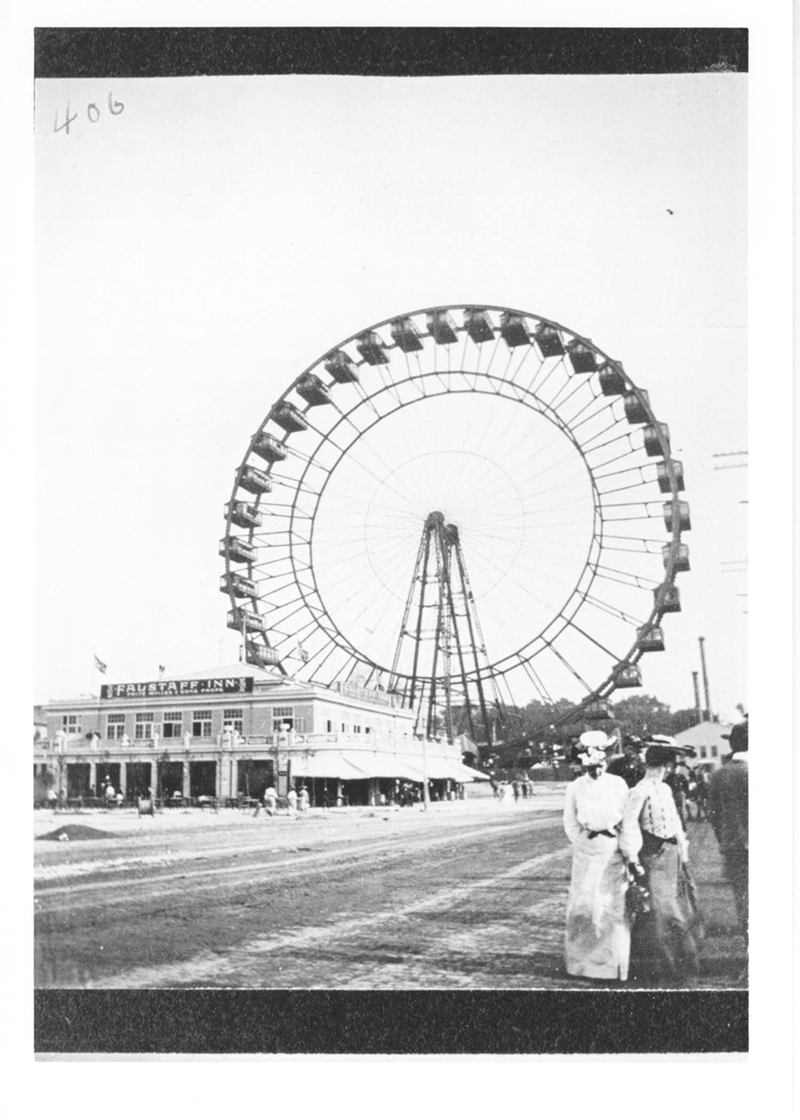 View Image
View Image View Image
View Image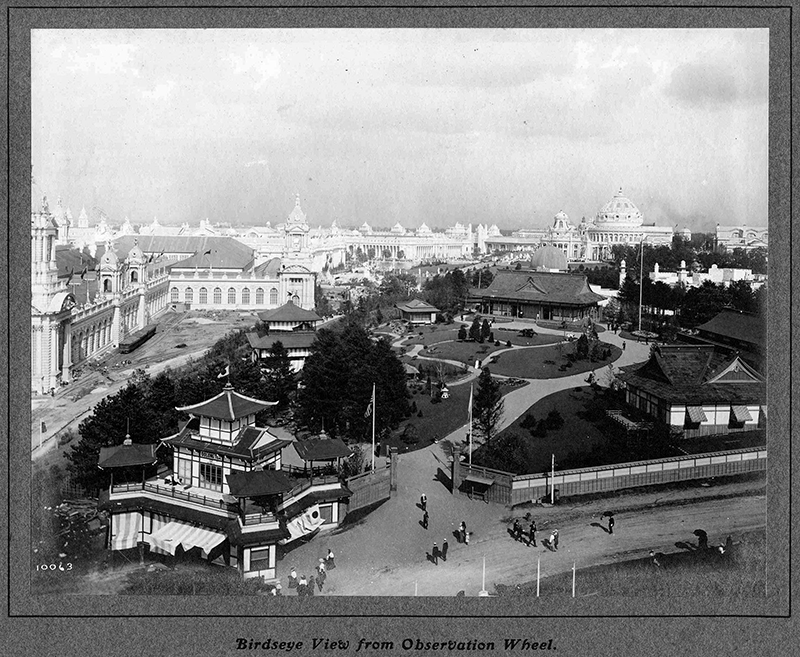 View Image
View Image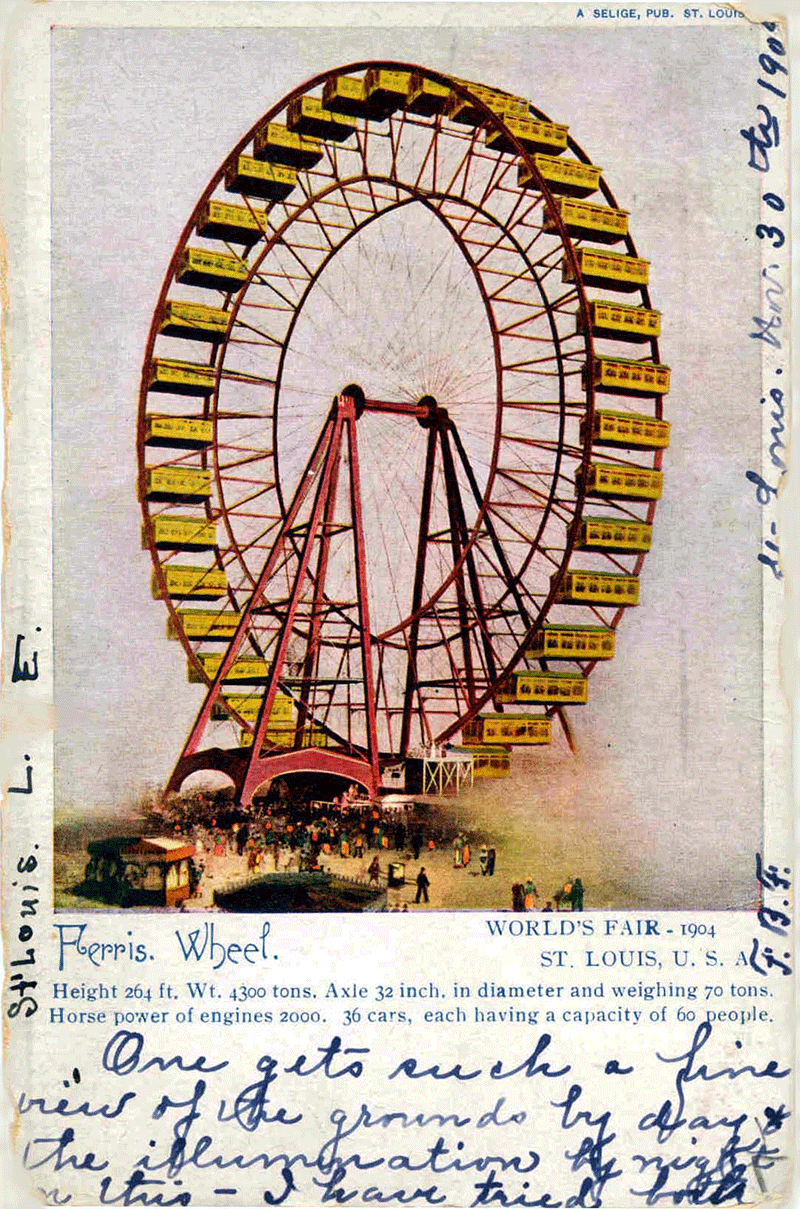 View Image
View Image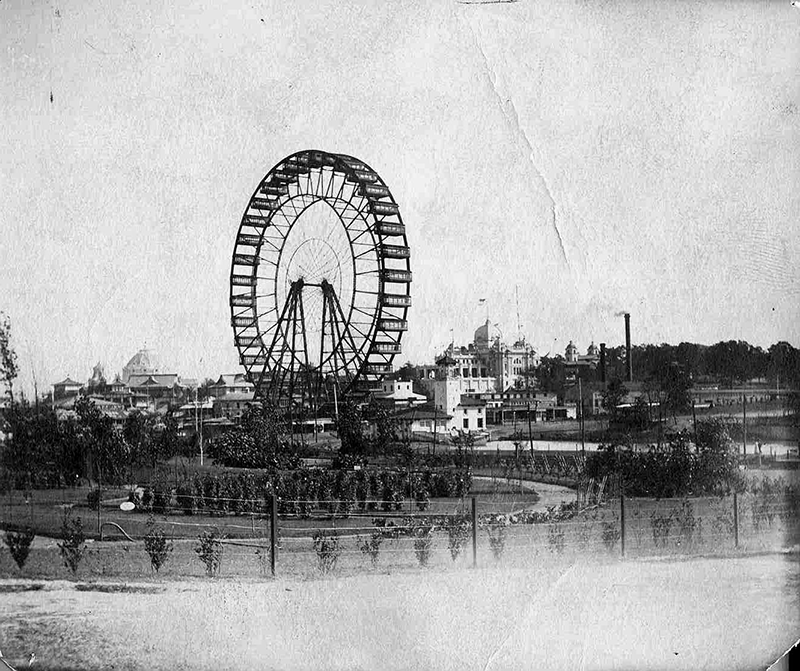 View Image
View Image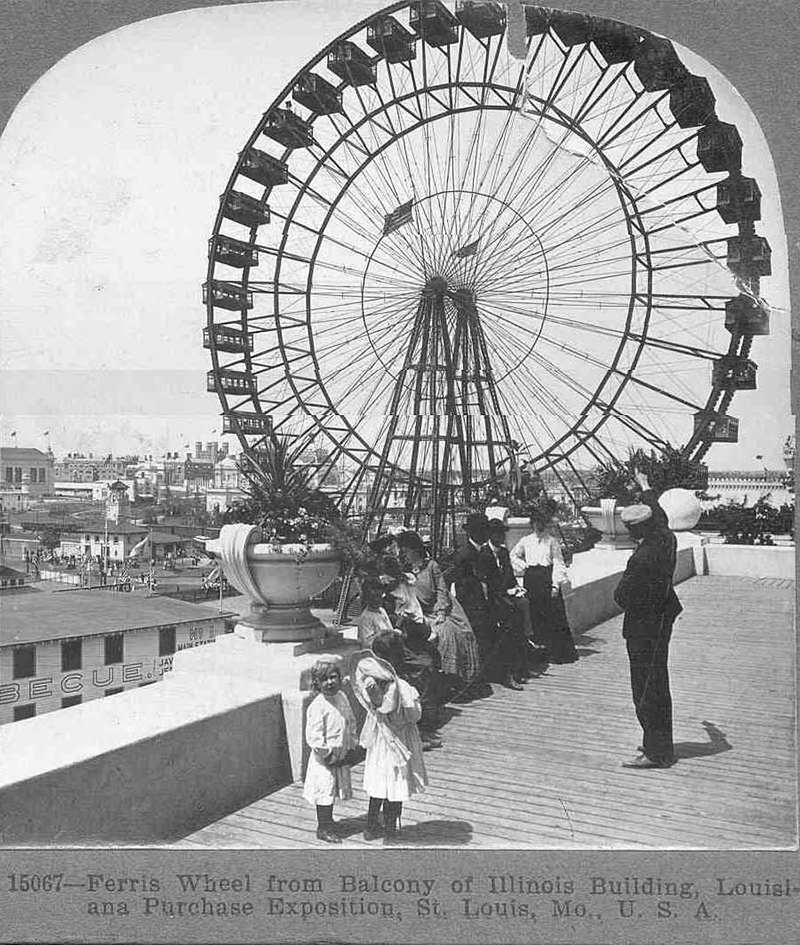 View Image
View Image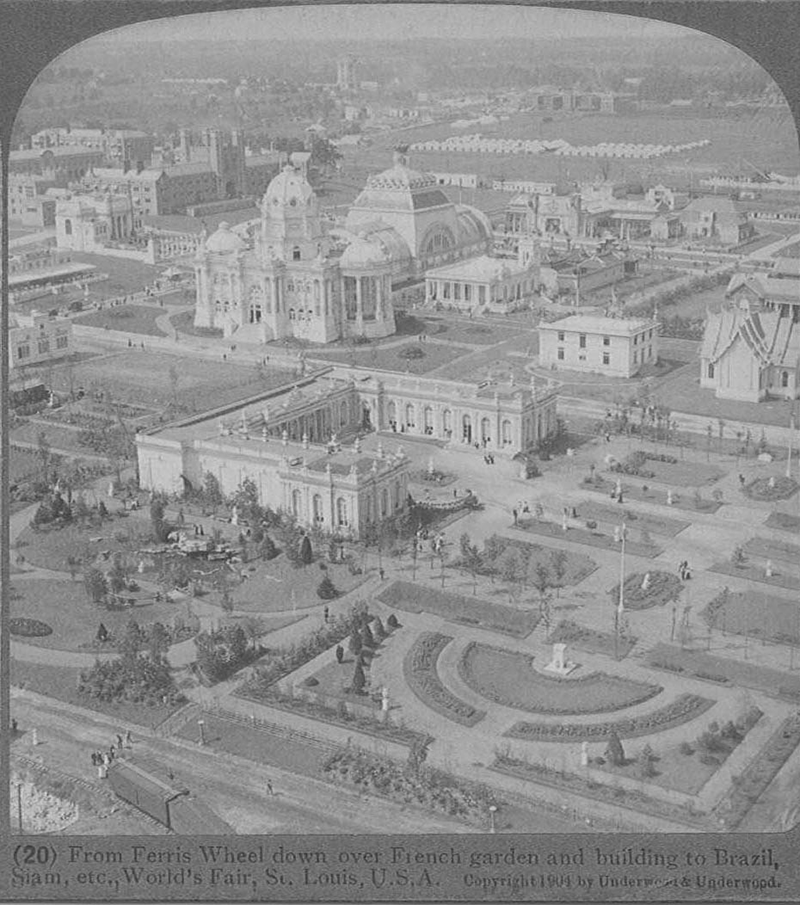 View Image
View Image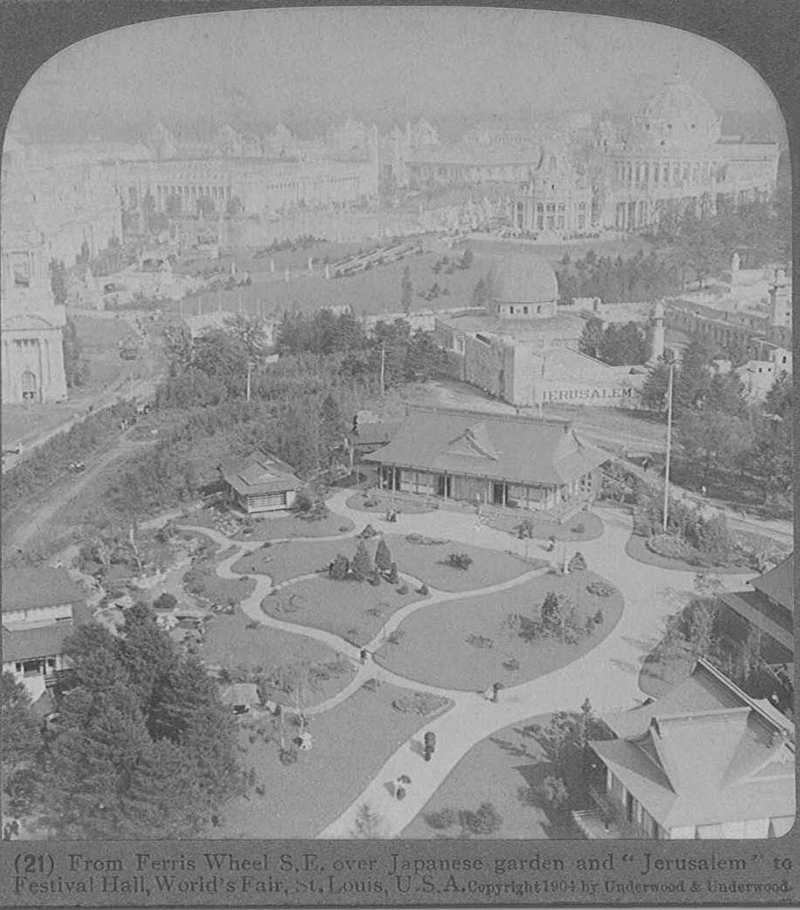 View Image
View Image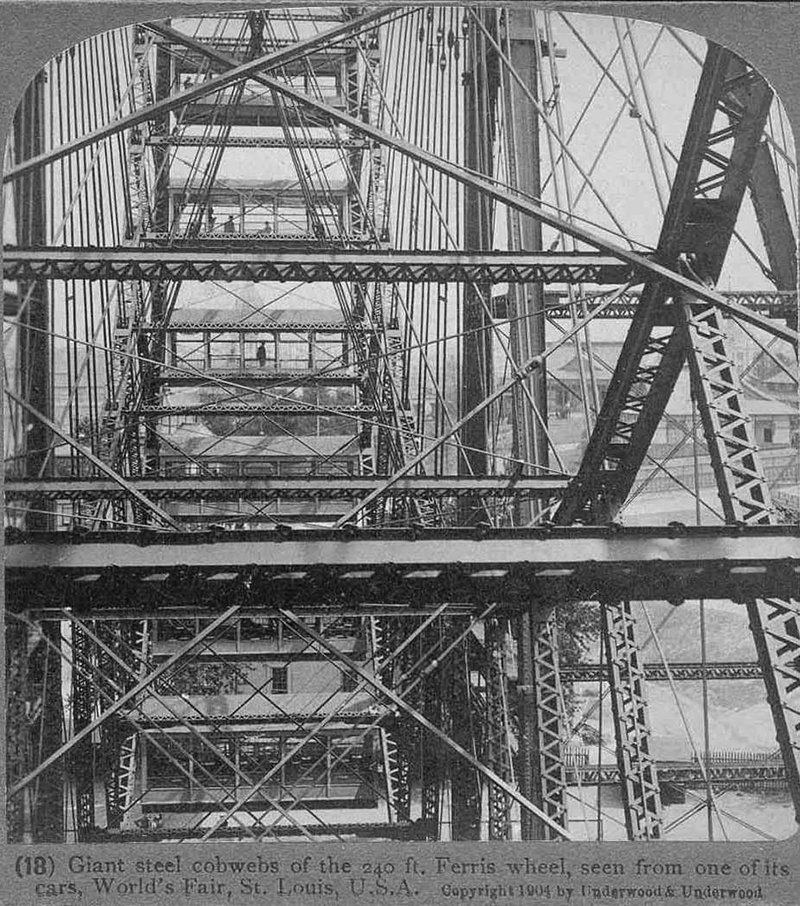 View Image
View Image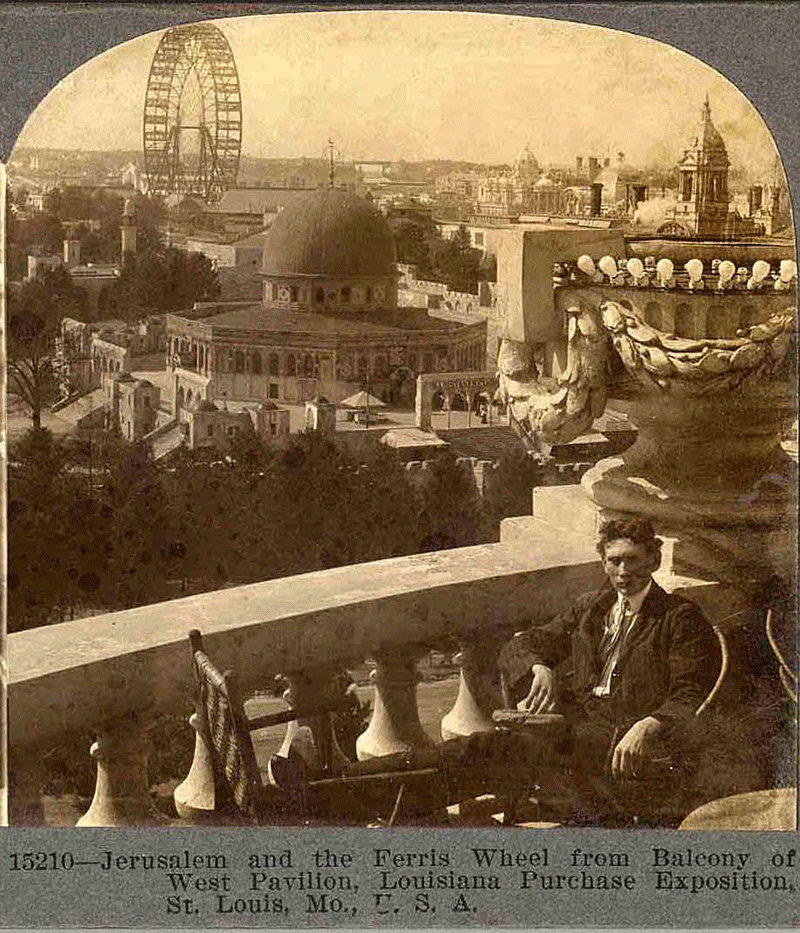 View Image
View Image View Image
View Image View Image
View Image View Image
View Image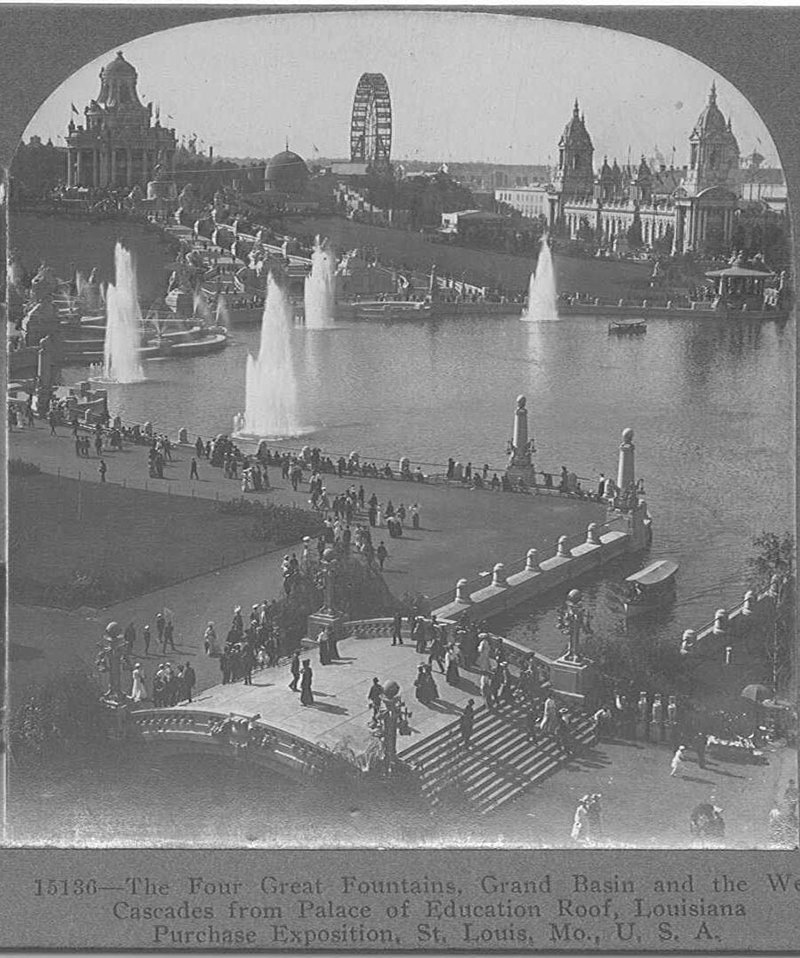 View Image
View Image